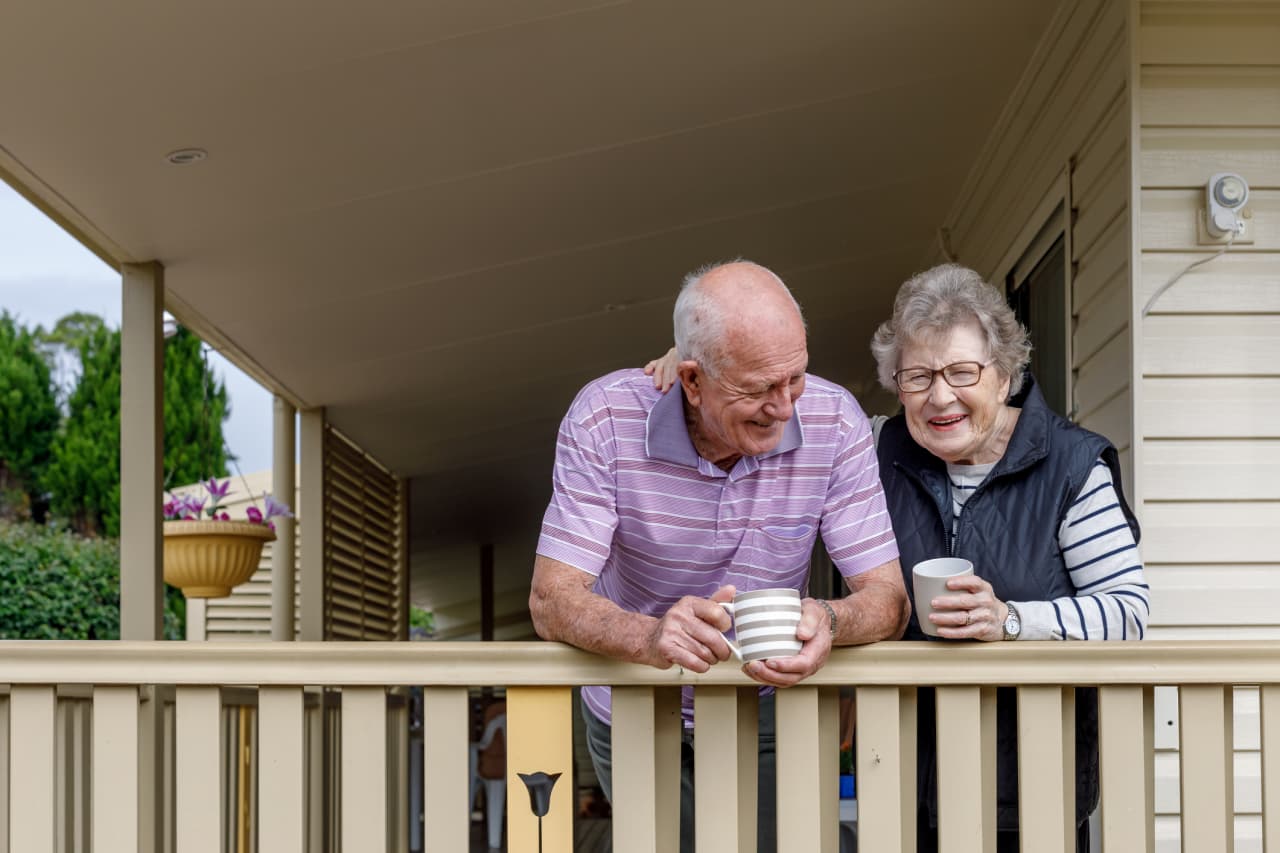Low-income seniors receive $115 million in housing assistance, but their need is much greater.

Low-income seniors, including those raising grandchildren, have received increased housing assistance, but analysts say more funding is needed.
The U.S. Department of Housing and Urban Development (HUD) recently announced $115 million in grants to support the development and improvement of affordable rental housing for low-income seniors. Of that funding, $35 million was earmarked to create intergenerational housing for households headed by older adults with children under 18.
“Building these homes will allow older people to live independently. It is important that we provide older adults who cannot afford it the opportunity to age with grace and dignity in a supportive environment,” said HUD Deputy Secretary Adrianne Todman.
The funds will help nonprofit organizations build new, energy-efficient homes or rehabilitate existing homes for low-income adults ages 62 and older. Funding is provided to support capital costs and ongoing project leasing support.
This new batch of funds builds on another similar funding tranche of $161.1 million in Section 202 housing grants awarded to 25 recipients in 14 states. The funds will be used to create approximately 1,300 homes for eligible households.
“It is important to ensure that all seniors have access to affordable housing. This will become even more important in the future given the significant growth in the senior population, said Lisa McCracken, director of research and analysis at the National Investment Center for Seniors Housing & Care.
read: Dream of growing old in place? This government program could be a game changer for seniors.
“The $115 million in funding announced by HUD clearly recognizes the need for additional housing to support low-income seniors and is welcome news. Most people would agree that we need more funding for the middle market — not just low-income seniors, but also those just above the income threshold for government assistance. But this funding is a step in the right direction,” McCracken said.
read: Where can I live after retirement? Senior housing and the ‘forgotten middle’
Additionally, funding is available because people want to age in one place, but finding age-friendly housing is difficult. According to AARP, a whopping 77% of people over 50 want to remain in their own home as they age, but only 49% feel they can do so.
Finding homes that are accessible for seniors or people with disabilities can be difficult. For example, less than 4 percent of all U.S. homes offer single-level living, step-free entryways, and wide hallways and doorways, according to an analysis of 2011 survey data by Harvard University’s Joint Center for Housing Studies.
read: Most people want to age in place, but that goal is out of reach for almost everyone.
“These funds, allocated for both rental assistance and development costs, provide a solution to address the ongoing housing needs of seniors across the country,” said Assistant Secretary for Housing and Federal Housing Julia Gordon. She said, “We remain committed to supporting safer, healthier and more energy-efficient homes that help address the climate and housing crises together.”
The grants provide adults age 62 and older with the opportunity to live independently through customized support services, including nutrition, transportation, education and health services, HUD said.
Eligible seniors typically earn less than 50% of the area median income, and most households earn less than 30% of the area median income.
“There are too few affordable housing options for seniors across the country. This is especially true for people who need support to live on their own as they age. Expanding Section 202 housing is key to providing more affordable and accessible housing options,” said Rodney Harrell, vice president for Families, Housing and Communities at AARP Public Policy Institute.
In 2021, 2.35 million older renters experienced the “worst housing need ever”. This category indicates that these renters have very low incomes (incomes below 50% of area median income), do not receive government housing assistance, are severely cost-burdened, are living in severely inadequate housing conditions, or both. means. 2023 HUD Worst Housing Needs Report.
read: ‘We don’t have enough homes to meet our aging needs’: The ideal home for aging in place may not exist.
Nearly 11.2 million senior households were cost-burdened in 2021, and more than half of those households were severely cost-burdened, according to the 2023 Harvard JCHS Housing America Senior Report.
Meanwhile, funds designated for intergenerational housing will help with the special needs of grandparents caring for their grandchildren.
“In the United States, approximately 2.3 million grandparents are responsible for raising their grandchildren, which often places an increased financial burden on them. This targeted funding will specifically help address the needs of the sector,” McCracken said.
According to the Census Bureau, about 16.2% of grandchildren under 18 living with their grandparents live in poverty.



